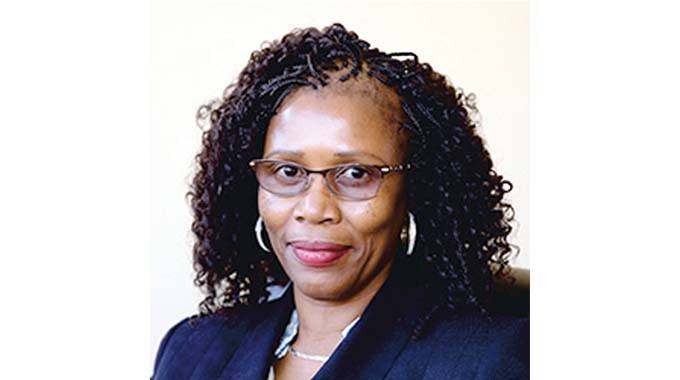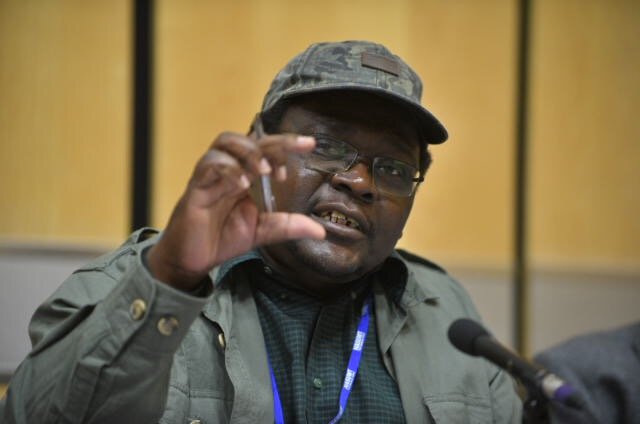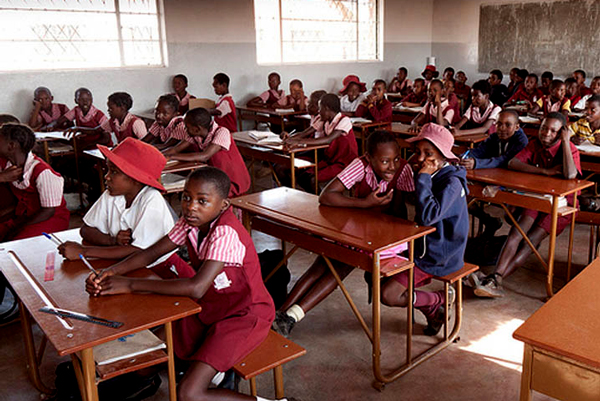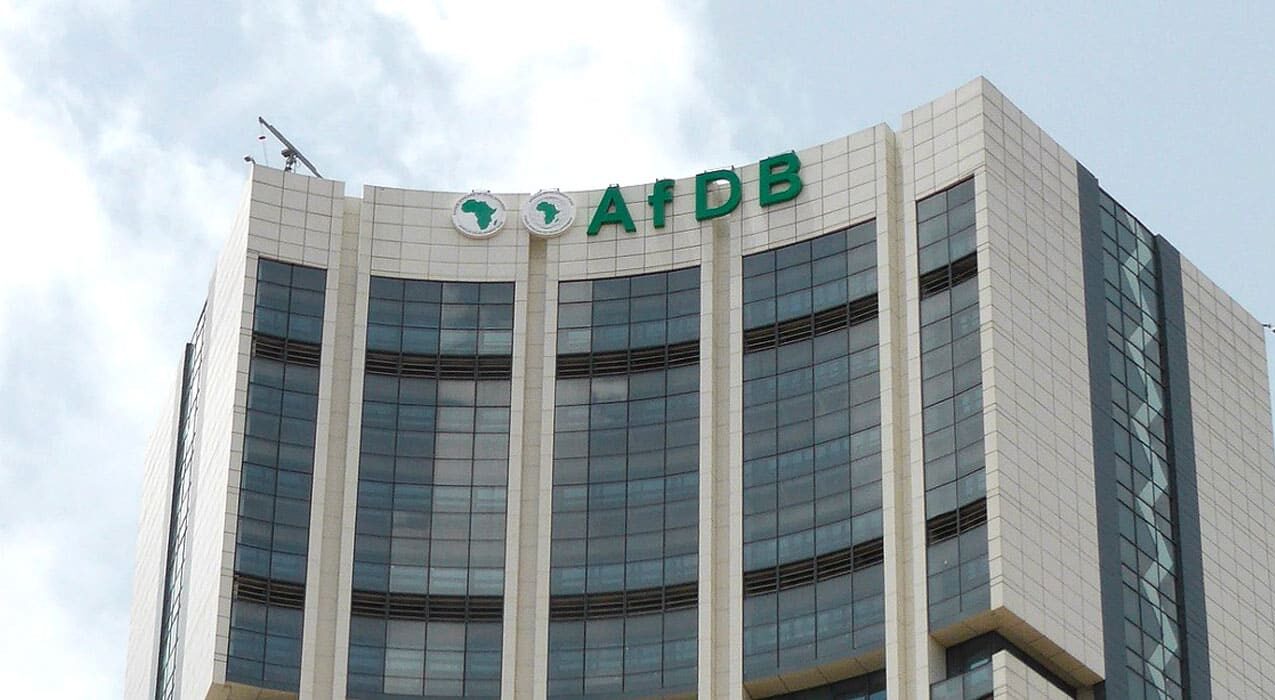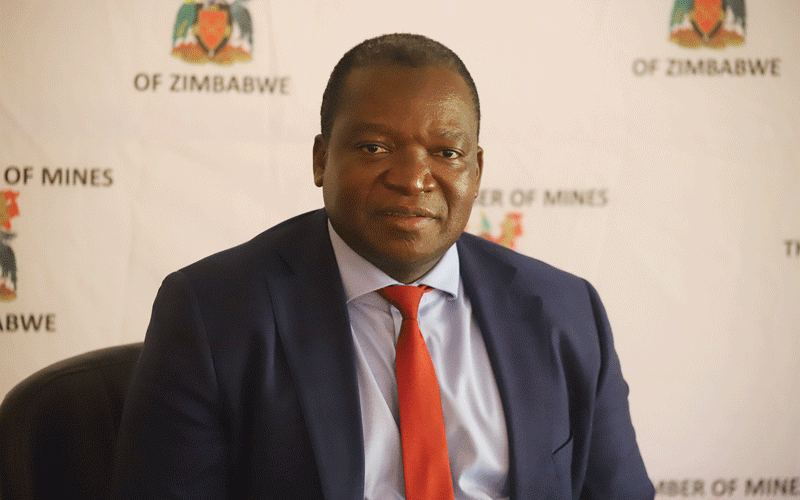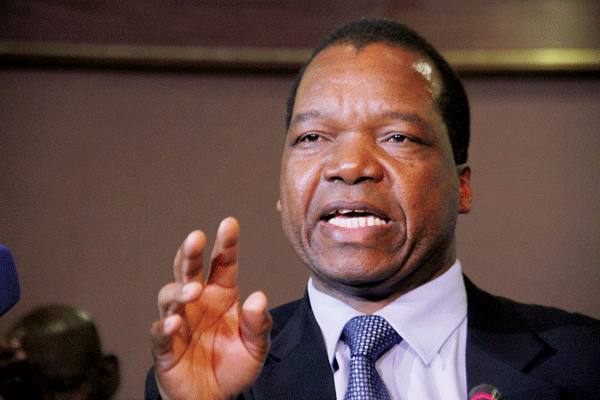
FIDELITY MHLANGA THE Reserve Bank of Zimbabwe (RBZ) predicted yesterday that the domestic currency would completely run the economy in five years’ time, with only pockets of the United States dollar complementing it.
RBZ governor John Mangudya allayed fears that Zimbabwe may relapse into fresh chaos if authorities press ahead with plans to limit the value of foreign currencies for transacting.
He said Zimbabwe has demonstrated before that growth rates are higher under a domestic currency than during dollarisation.
Mangudya told a Confederation of Zimbabwe Industries (CZI) economic conference that the battered local currency would be used as a store of value within five years.
In June 2019, authorities made a decision to return to the Zimbabwe dollar after a 10-year dalliance with the multicurrency system.
However, through Statutory Instrument (SI) 185 of 2020, the government authorised business to price goods and services in both local currency and the United States dollar.
This was barely a year after ditching the multi-currency regime.
Now authorities are pushing for the full adoption of the local currency saying it will help the economy rebound at a faster pace. They argue that during the multi-currency period economic growth was subdued.
- Chamisa under fire over US$120K donation
- Mavhunga puts DeMbare into Chibuku quarterfinals
- Pension funds bet on Cabora Bassa oilfields
- Councils defy govt fire tender directive
Keep Reading
Speaking during the CZI meeting, Mangudya pleaded for patience, as authorities battled to find a solution to the vexing currency conundrum.
“We are asking for patience from Zimbabweans. We are looking at a five-year period to de-dollarise. It does not mean that we won’t be having the United States dollar in this economy. But the proportion of the usage of the Zimbabwe dollar will be higher than the US dollar. The Zimbabwe dollar will be used as a store of value which is very important,” Mangudya added.
De-dollarisation is the process of ending a multicurrency system to give a domestic currency a bigger role in transactions.
He gave examples of countries such as Angola, who took their time to de-dollarise.
At the same event CZI president Kurai Matsheza highlighted the importance of policy consistency and predictability if the country was to achieve the upper-middle-class economy target by 2030, as projected by the government.
“We are also guided by the bold aspirations of Vision 2030 and the National Development Strategy 1, which have geared us towards a prosperous and empowered upper-middle-income society by 2030,” Matsheza said.
“For that to happen this has got to be driven by the private sector.
This acknowledges that business activity is going to deliver the economic growth that will usher in an upper-middle-income economy.
It means we are geared to allow the markets to lead our economy.
We are already one year into the 10-year National Development Strategy programme.
So we are left with nine years to 2030.
Currently our GDP per capita income stands at US$1 261 and an upper-middle income says GDP per capita must be US$4 000-US$12 000.
So it means we have to grow from US$1 261 to US$ 4 000 in the next nine years,” Mangudya added.

